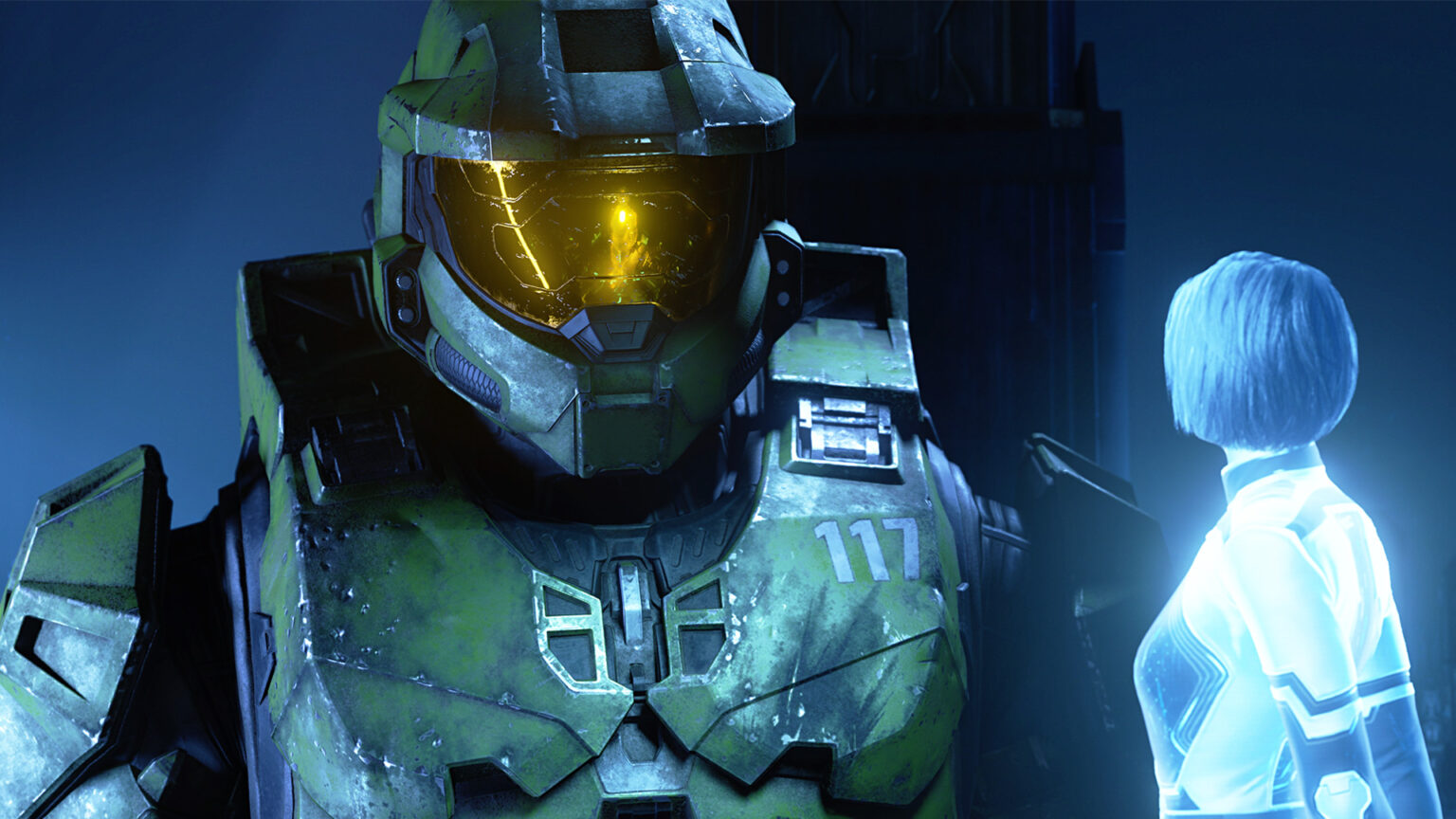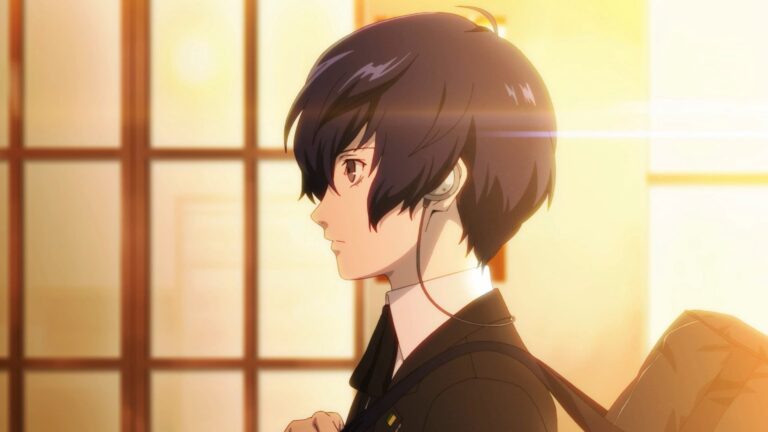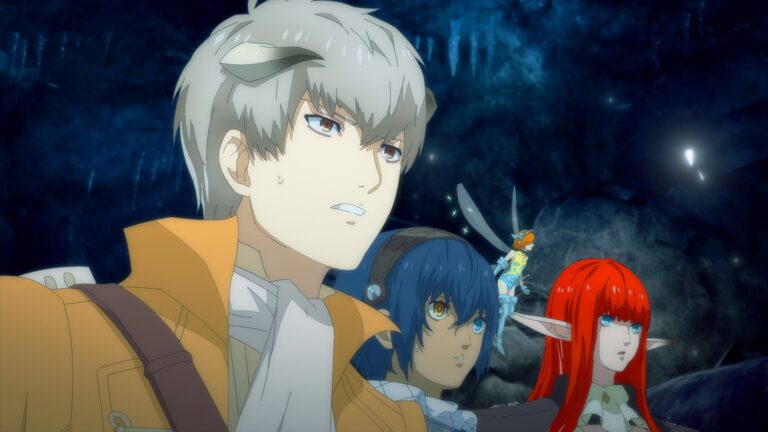As Halo Infinite’s almost unbearable march towards December nears completion, a distinct sense of unease and excitement enters the virtual air surrounding Halo’s fanbase. Coming six years after the oft-maligned Halo 5: Guardians and still shaking the ghost of original series creator Bungie, 343 Industries is seemingly caught between a rock and a hard place. The cause of such contention? Longtime Master Chief mega fans.
A cursory look at 343’s official forums and various gaming subreddits will confirm that our favorite space marine’s parent company is being pulled in every direction. Some opinions argue that Halo should play exactly like Halo 3, which topped the Xbox Live charts for months on end. In contrast, some fans suggest Infinite should expand the changes made in Halo 4 and 5 to appease a modern audience and avoid a quick death on the live servers. How did Halo get here? Should it break away from tradition or is the series doomed to fail without sticking to a decade-old narrative, gameplay, and visual style like a Grunt’s precisely hurled grenade?
I remember when it was announced that Bungie had left Halo for good and that 343 Industries was now the sole caretaker of Master Chief’s ongoing adventures. From that moment in 2012, both I and millions of other longtime Halo loyalists anticipated the next title in the venerated series with equal parts trepidation and glee. While we didn’t want Halo to go away forever because Bungie opted not to hitch its wagon to the saga until the end of time, we feared that Halo just wouldn’t be Halo anymore without the guiding hand of its creator. As it turns out, some of those fears weren’t unfounded and the ramifications of facing them continue to reverberate in the Halo community today. So what were they?
We Finished the Fight – and Then Kept Fighting
Of all of the games I have ever owned (and I have owned far too many if you ask most financially competent people), Halo has been the only one I forced people to watch as I explained its worth. When the first title arrived alongside my shiny, far-too-heavy Xbox in late 2001, I was an undergrad in college, and my not-at-all-interested roommate was constantly coerced into my dramatic retellings of Master Chief and Cortana’s various triumphs against the vile forces of the Covenant.
When the Flood were introduced with a jump scare and furious retreat to safety, my friends heard about the ensuing drama for days. This wasn’t just a mindless shooter; Halo was like an interactive sci-fi blockbuster movie. Halo’s characters had character – and while the storyline treads the same hero’s journey path as so many books, movies, and video games that came before, it did so with such a singular style that gamers took special notice.
Starting with 343’s Halo titles, however, the hero’s journey was already complete. The Chief had walked that walk and kicked all the alien ass required and then some. So where was there to go? With every enemy defeated and humanity saved from the firing of the Halo rings, there was little left to up the ante. So a new enemy in the Didact was introduced, along with new locations such as Forerunner shield worlds and increasingly philosophical treatises from new characters like Spartan Locke, all of which took the place of the old UNSC vs. Covenant throwdowns accompanied by traditional unambiguous war-movie bravado.
This shift split the Halo fanbase down the middle, with half of the faithful decrying the newer titles’ shifting of the narrative away from Master Chief and various Covenant baddies and onto new, as-of-yet unestablished characters/locations and the other half praising 343 Industries for avoiding stagnation by pushing Halo towards places and faces it hadn’t seen before. Now with Infinite, it appears as though 343 is trying a bit of nostalgia by casting the main antagonist, Atriox, as a Brute – one of Halo’s long-standing alien races. Likewise, the Banished army that Atriox leads fill its ranks with the types of enemies Halo fans have been shooting in the face for two decades now. Will these narrative choices reconnect or further fracture the fanbase? Only time will tell.
They Fly Now
While I personally was unable to get into the recent Halo Infinite multiplayer fight (and I’m still salty about it), I’ve been able to view the several videos available online from those lucky Spartans who were shown the promised land early. From those viewings, what becomes apparent is that, as with the seemingly nostalgic narrative focus of the upcoming game, the multiplayer appears to be similarly placed between two worlds. While everything has a beautiful next-gen sheen and runs incredibly smooth, the setting and the visuals contain consistent nods to Bungie-developed titles. The classic multiplayer announcer returns, the classic weapons remain, and the venerated Mjolnir armor looks better than ever. All of these should cause a spike of nostalgia-fueled dopamine for longtime fans and an easy critical success for 343 Industries and Microsoft. Right?
Well, not necessarily. For while the classic nods to the Halos of yore remain, gameplay changes that bring Halo Infinite in line with other action titles of the past few years may leave some crying foul. Yes, the announcer is back, but along with the tried-and-true weapons of the past, brand-new tools of destruction enter the fray. Sure, the classic armor appearance returns, but with far more cosmetics to fill the upcoming live service multiplayer model. But chief among Halo Infinite’s biggest multiplayer changes are aspects of player traversal, specifically the speed of Spartan sprint and the verticality presented by the new grappling hook.
While stylish movement options, specifically grappling hooks, have become more and more popular in several modern game titles, Halo has traditionally been a series that eschews change for change’s sake – not even allowing sprint until 2012’s Halo: Reach, more than a decade after the first title. In an era where every major game title seemed like a carbon copy of the last, one of Halo 4’s most vociferous criticisms upon its release was that, in the eyes of the Halo community, 343 Industries had sold out. Halo 4, according to some loud fans, was too similar to Call of Duty with functions like multiplayer weapon loadouts and a continuous sprint option. What will new weapons, new mechanics, and quicker overall movement mean for Halo Infinite’s long-term multiplayer appeal? For now, the forums are filled to the brim with prognostication.
Damned if They Do, Damned if They Don’t
If I, or anyone else, held the answer as to what is the best route for the Halo series going forward, I’m certain that there would be a paycheck large enough to make Bill Gates blush coming our way courtesy of 343 Industries. Whether you’re a 20-year fan as I am or just getting started with the series, one can only appreciate the difficult position that Halo’s caretakers have before them. Every decision they’ve made thus far, and indeed every little tweak they make from now until after release (thanks to the live service model) is sure to be praised by millions and lambasted by millions more. That’s the price of success, I suppose – and the cost of inheritance. Because if it were under any other name, 343 Industries’ Halo would be seen as competent, oftentimes beautifully designed releases and not causes for years-long heated debates.
But they aren’t. They’re Halo games. And because they carry that torch forward, an excited and anxious fanbase eagerly awaits early December to see exactly how much Halo Infinite will forge ahead, and how much we will be forced to leave behind, to live on in the Master Chief Collection and our collective memories of the good old days. One thing’s for certain: it’s going to be interesting!
Stay tuned to Gaming Instincts via Twitter, YouTube, and Facebook for more gaming news.
No related posts.






